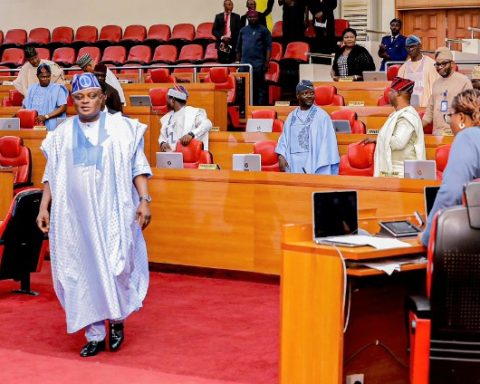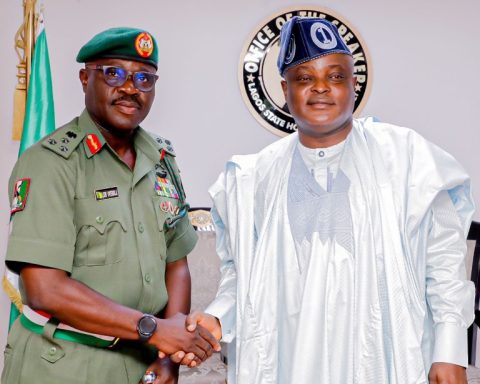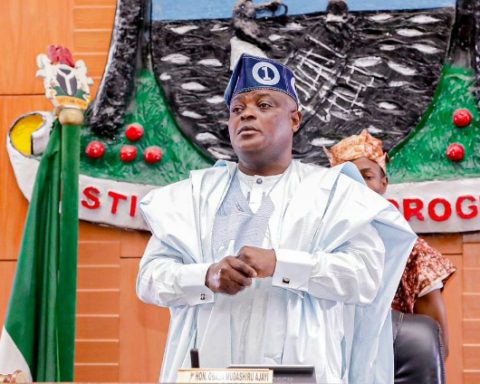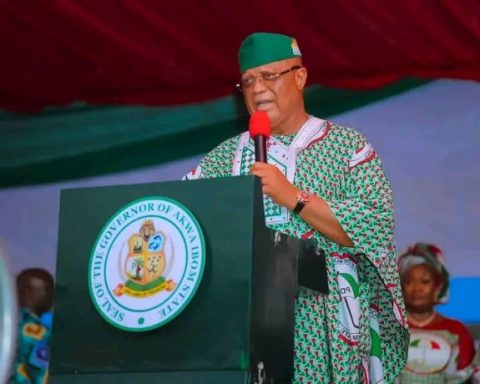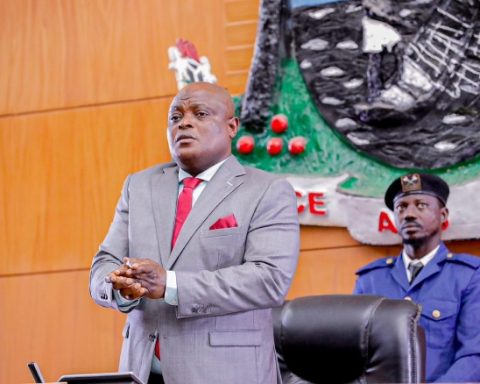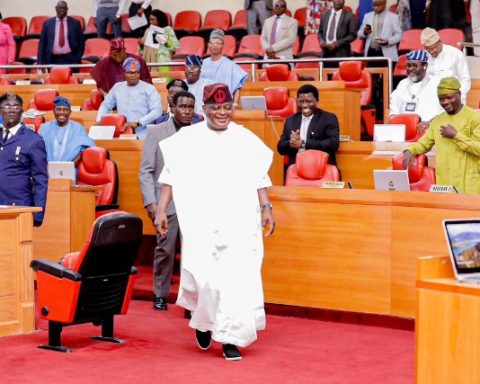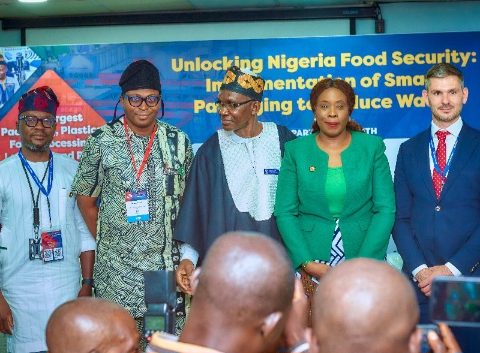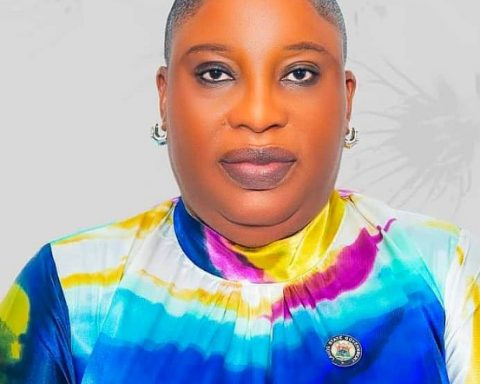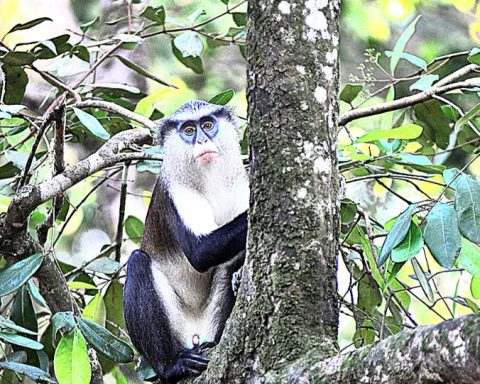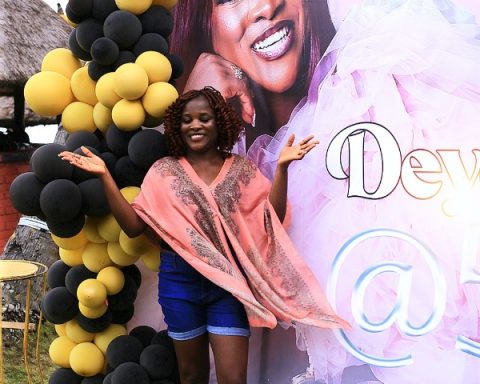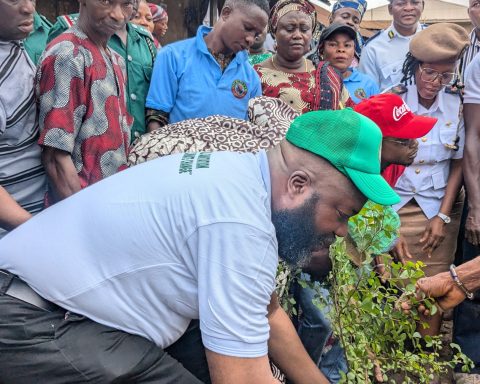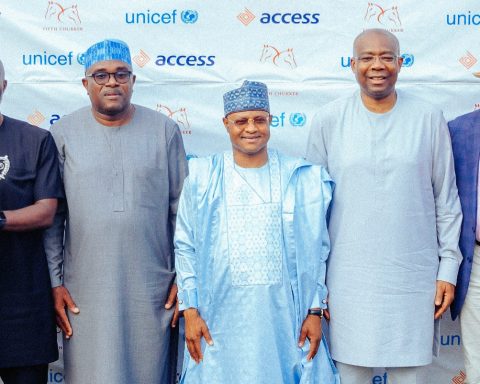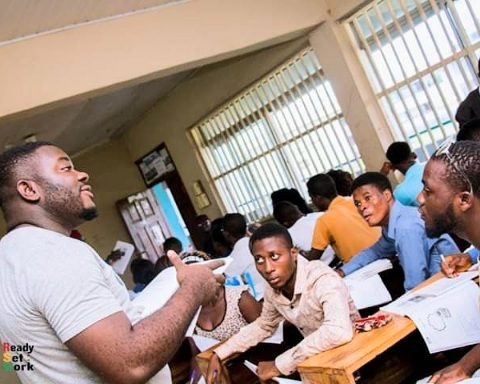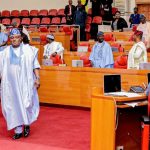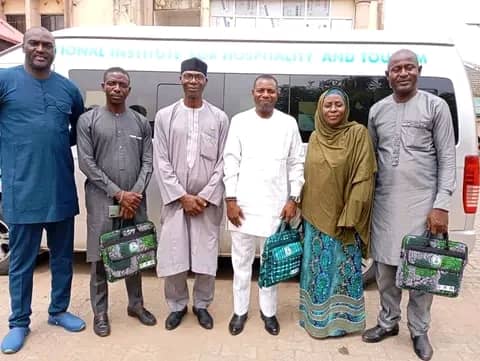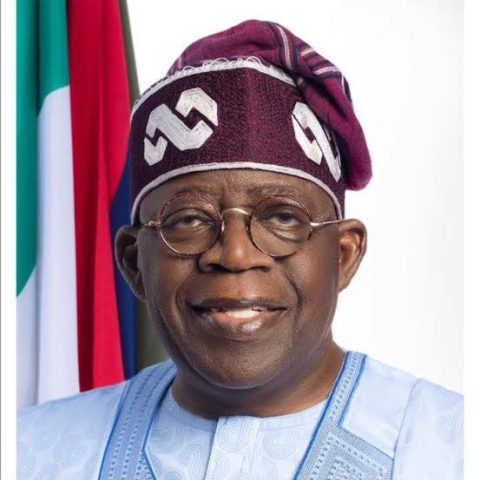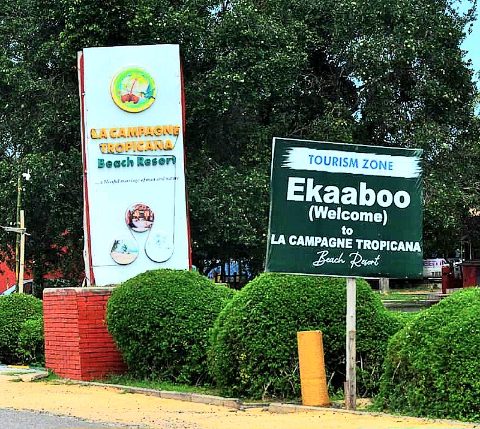
“The product i intend to talk about today, is another festival that takes account of the cultural beliefs of the Yoruba,” says Otunba Olawanle Akinboboye, as he positioned to reveal his 48th tourism product.
According to him, his tourism products, has focused on a number of festivals because they form part of the rich cultural tapestry of our nation. Consequently, by incorporating them in the range of tourism products offered by Nigeria, the country would be able to increase the range of attractions and activities available to international tourists, who are eager to ensure that during their visit to any tourism destination, they would enjoy a myriad of unique experiences.
Otunba Akinboboye pointed out that, Wikipedia defines twins as two offspring produced by the same pregnancy. Twins can be identical, developing from a single zygote which splits and forms two embryos or ‘non-identical’ or ‘fraternal’ twins, with each twin developing from a separate egg and each egg fertilized by its own sperm cell.
As identical twins develop from a single zygote, they share the same sex. However, fraternal twins may or may not be of the same gender. In very rare cases, twins can have the same mother and different fathers.
The global average birth rate for twins is around 12 per 1,000 births.
Twins appear in the mythologies of many cultures around the world. In some cultures they are viewed as ominous, while in others they are viewed as auspicious.
Twins in mythology are often cast as two halves of the same whole, sharing a bond deeper than that of ordinary siblings, or as fierce rivals.
In Africa, twin births were and are still considered to be events of extraordinary importance. Traditional beliefs give twins a special position as sacred monsters and devote to them a variety of ritual celebrations.
In Nigeria, from the 1st century to the 1900s, twin births were viewed differently, in different parts of the country.
A number of tribes in Northern Nigeria traditionally welcomed twins and said that their birth was due to the direct intervention of a well-disposed spirit.
Igbo society however, viewed twins as a bad omen sent by the gods who could bring devastation upon society. From the famous novel ‘Things Fall Apart’ by Chinua Achebe, we learn that the earth goddess decreed that twins “were an offence on the land and must be destroyed’. She also said that a failure to destroy twins would result in the goddesses’ punishment of the entire clan and not just the parents of the twins. Accordingly, when twins were born, their parents placed them in earthenware pots and left them in the evil forest, where they would die of neglect and starvation.
As Nigerians, many of us have grown up hearing tales of Mary Slessor, a Scottish Presbyterian missionary who came to Nigeria in 1876, at the age of twenty – eight. She ministered in Okoyong area of Cross River State Nigeria among the Efik people, who at the time viewed twins as an abomination. She is most famous for her role in helping to stop the common practice of infanticide of twins who were, at the time, viewed as evil.
The Edo of Benin Kingdom believe Osa, the supreme god, allots to a man a specific number of children and that if any dies they will be born again. Ehi, the primary soul of an individual, leads a child into the world. This soul stays in Elimi, the place of souls, until it comes into the world. If two ehi play with one another in Elimi, one ehi follows the other into the world and twins are born.
Amongst the Yoruba, twins are believed to be of divine origin and to bring good luck. It was thought that they could increase a family’s wealth and had special protection from Sango (god of lightning and thunder). It was bad luck, if one or both twins passed, and so if this occurred the family would have a figure made of the deceased twin(s) and care for it in place of the child.
Sacrificial rites were performed after the birth of twins. These took the form of gifts offered to the orisa-ibeji, which are made every eight days on the same day of the week as the twins were born.
Otunba Akinboboye noted that the first born twin, whether a boy or a girl, is always called Taiwo, meaning ‘having the first taste of the world’, whereas the second is named Kehinde, meaning ‘arriving after the other’. Although being born first, Taiwo is considered as the younger twin as Yorubas’ believe the eldest twin pushed the younger child out into the world.
He then noted that the first child born after the twins is called Idowu [eeh-doe-woo] and the child born after Idowu is called Alaba [ah-lah-bah]. These names are used on all genders.
It is perhaps fitting that Igbo Ora, a town located in Oyo State Nigeria , is the twin capital of the world. This is because no town or single community anywhere in the world has more twins than this Nigerian town .
Igbo Ora records 45 twin births per 1000 live births and in many cases there are generational twin births (twins giving birth to twins).
Igbo Ora hosts ‘World Twins Day’ every year around September/October. The festival, which was initiated by the most famous twins in African Tourism; Ambassadors Taiwo and Kehinde Oguntoye, celebrates twins and multiple births at the World Twins Capital, Igbo Ora, Oyo State.
Otunba Akinboboye noted that, while the current format of the Festival is laudable, its basis ( the celebration of twins ) provide scope to increase its content so that it also embraces and tells the cultural stories of twins in al parts of Nigeria.
He mentioned that including content on the varied historical and mythological journeys of twins would give the Festival a richer content and increase its attraction for domestic and international tourists.
Otunba Akinboboye then spoke about the Twins Days Festival, in Twinsburg, Ohio, USA which is the world’s largest annual gathering of twins. The festival started in 1976 and is designed to celebrate twins.
This festival focuses on providing numerous activities that create a feeling of belonging for twins, who are often teased for looking alike, talking alike, and dressing alike and allows them to converge in a place where everybody gets them.
In 2024 , 2,164 sets of multiples, ranging in age from 6 weeks to 93 years, registered for the festival in Twinsburg. Twins and higher-order multiples marched in the “Double Take” parade, performed in a twin talent show, played “Twingo” and competed in a look-alike contest.
Based on a survey conducted by Kent State College of Business Administration it was determined that ,in 2023 , the Twins Festival contributed US $5.4 million to the local economy.
It is pertinent to mention that attendees at the festival are not limited to twins. Many non – twins attend due to their fascination with twins.
In 2018, through a survey of attendees, it was estimated that non-local twin attendees spent more than $1.5 million at the event, and other non-local visitors contributed more than $3.8 million to the local economy.
According to this survey, 76% of non-local visitors said they spent an average of $150 at restaurants over their visit; an average of $429 at hotels; $106 on entertainment; $135 on other retail and $48 at grocery/drug stores.
This shows the potential of such festivals in generating income, boosting the local economy and directly impacting on the people in their immediate environment.
This is the reason why, with careful packaging, the organizers of such festivals can take advantage of their advantages to grow rural communities in a holistic manner that does not exclude persons based on education or their inability to fit in with the norms and requirements of a foreign culture.
Otunba Akinboboye said he hoped young tourism entrepreneurs in Nigeria would work with the Founders of the World Twin Festival to enhance its content and ensure both foreign and domestic tourists view it as a bucket list tourism experience.


